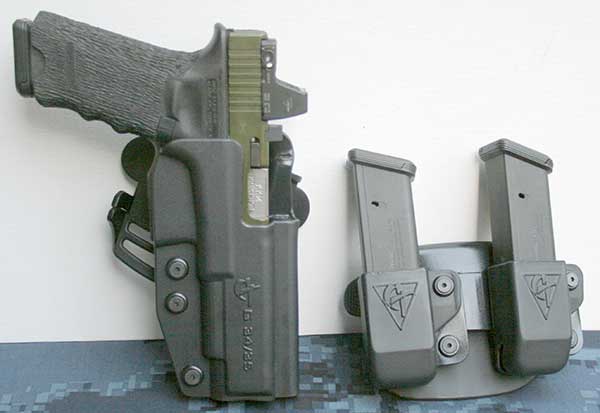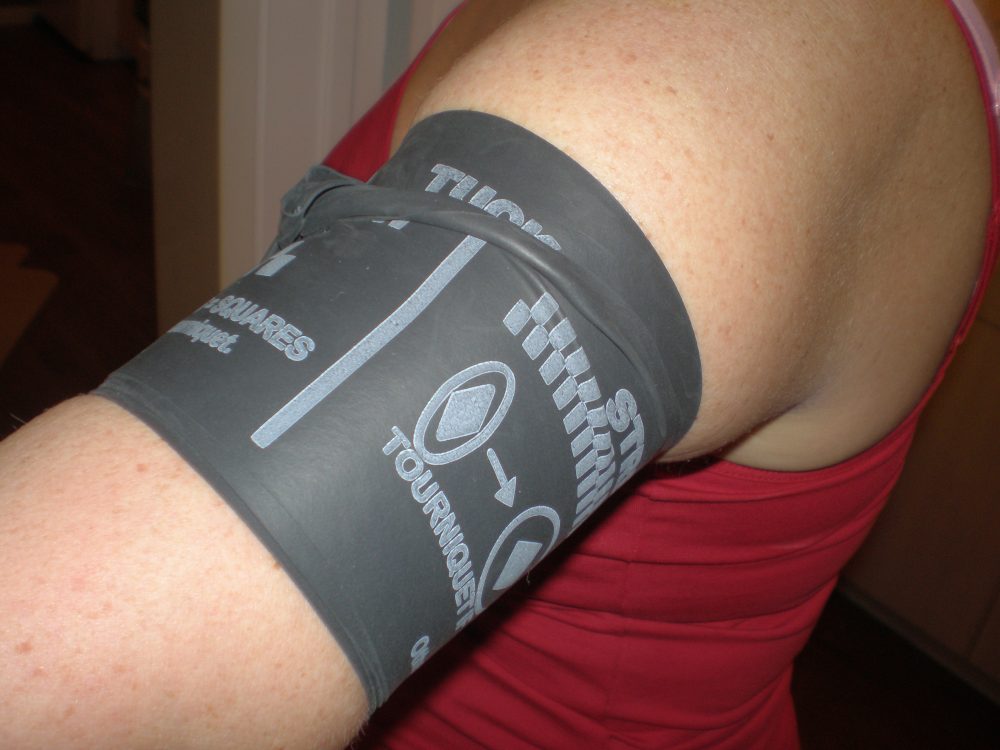It has been my experience that overall, in the field, when the first shot does not connect with the intended target, successive shots as well have a tendency not to connect.
On the opposite end of the spectrum, when initial shots connect, they are either successful in stopping the fight altogether, or successive shots tend to connect. There is a rational explanation behind this.
My background on this issue is derived from my personal experience, the experience of those I have instructed who have been involved in shootings, and in conjunction with the Officer Involved Shootings (OIS) I have worked on within the Federal and Superior Court systems for the past 28 years.
When initial shots connect, it is due to the fact that the mechanics (the sights, trigger press, and follow through) were solidly in place. In other words, the weapon was oriented correctly with the target, the trigger press was of a finite nature, and follow through was in evidence.
When shots do not connect, it is generally due to an absence of any of the foregoing being in place at the time they were most required.
As with anything in life, if the initial response mechanism is fouled at the outset, it stands to reason that anything following will be fouled as well. Should the initial response be appropriate and absent flaws, then that which follows tends to be clean in nature as well.
I clearly recollect when, as a newly minted LAPD officer, one philosophy purported that, even if initial shots were not placed correctly, they would nonetheless “rattle” the suspect and you would be successful in the end.
Another chain of thought (not LAPD’s philosophy) advocated “walking” rounds up and onto the target. In other words, start cranking off rounds right into the deck as you came out of the holster and then up onto the target, therein “walking” the rounds from the deck up and supposedly onto the target. Jeeeze.
Absent the fact that you are accountable for all rounds discharged, absent the fact that rounds do deflect and ricochet and imperil those behind and to the sides of an intended target, this philosophy disregards a rather salient point. Nothing is written in stone that guarantees your opponent does not connect with you while you are merrily “un-chaining” your trigger.
I have observed courses of fire conducted for law enforcement wherein the officer literally empties a magazine into a static target, reloads and empties yet another magazine into the target, and so on. This sets an extremely dangerous precedent.
On the one hand, this is analogous to always discharging a weapon whenever it is unholstered, which is patently impractical because many situations are resolved from an unholstered position without discharging so much as a single shot.
More importantly, you are setting an impractical precedent in the fact that if the situation is resolved at the outset, any additional rounds discharged will most assuredly result in an excessive-force claim replete with lawsuits.
I do not instruct in this manner at all. If you wish to “test” your firearm with round after round, magazine after magazine until the barrel melts, then by all means, have at it. But do not delude yourself into believing that what you are rehearsing is either practical or defensible when held accountable.
What I have observed on a number of shootings I have been retained on is a “chain-fire” series of shots that never quite connect with the intended target. This can be problematic on any number of fronts.
Rounds that do not connect with the intended target do, in fact, eventually impact somewhere. Sometimes those rounds’ “at-rest-position” is not where one would prefer them to be, such as apartment complexes, fire hydrants, store-front windows, police vehicles, et al, not to mention living organisms. (In one case, several rounds impacted the store-front window of a Ferrari dealership, miraculously missing multiple Enzo models positioned neatly next to one another … whew.)
If one trains to connect with the first shot out, it has a tendency to manifest itself in field encounters. This goes along the lines of mental composure and professionalism. In this manner, one has trained not to discharge rounds that have no chance whatsoever of connecting.
I would gladly defend an individual who chose not to shoot despite the fact it may have been legally justified to do so, yet the shooter did not believe he had a reasonable expectation of connecting. This is a highly defensible position.
It is a fact that I constantly emphasize in each and every one of my classes, despite the weapons or level of class being conducted. This engenders “clean,” above-board shootings that are readily defended in court if called into question at all.
Concomitant with the above-described philosophy is the fact that each and every round is accounted for during training, and misses are analyzed as opposed to simply being disregarded.
I myself personally experienced this very transition from training evolutions to field application. One can conduct extremely effective training with a nominal round count when focus is maintained on incurring first-round hits as opposed to just putting rounds downrange and hoping that somewhere in the mix something connected.
We have entered a new era, where police shootings are brought under scrutiny and questioned on an un¬precedented level. This is as it should be. None of us wishes to have, in the vernacular of the time, “trigger-hap¬py” police. Scrutiny instills confidence on the public’s behalf toward our performance and is beneficial to support those clean shootings.
Train to ensure that the first shot out connects. Train to a nominal num¬ber of rounds downrange to resolve any given situation. Train to evaluate what works and what doesn’t.
Make that first shot count.
Scott Reitz is a 30-year veteran of the Los Angeles Police Department and director of the highly acclaimed International Tactical Training Seminars. Course information and schedules are available at their website at www.internationaltactical.com. Scott also co-hosts the Oxygen channel true-crime series It Takes a Killer.






